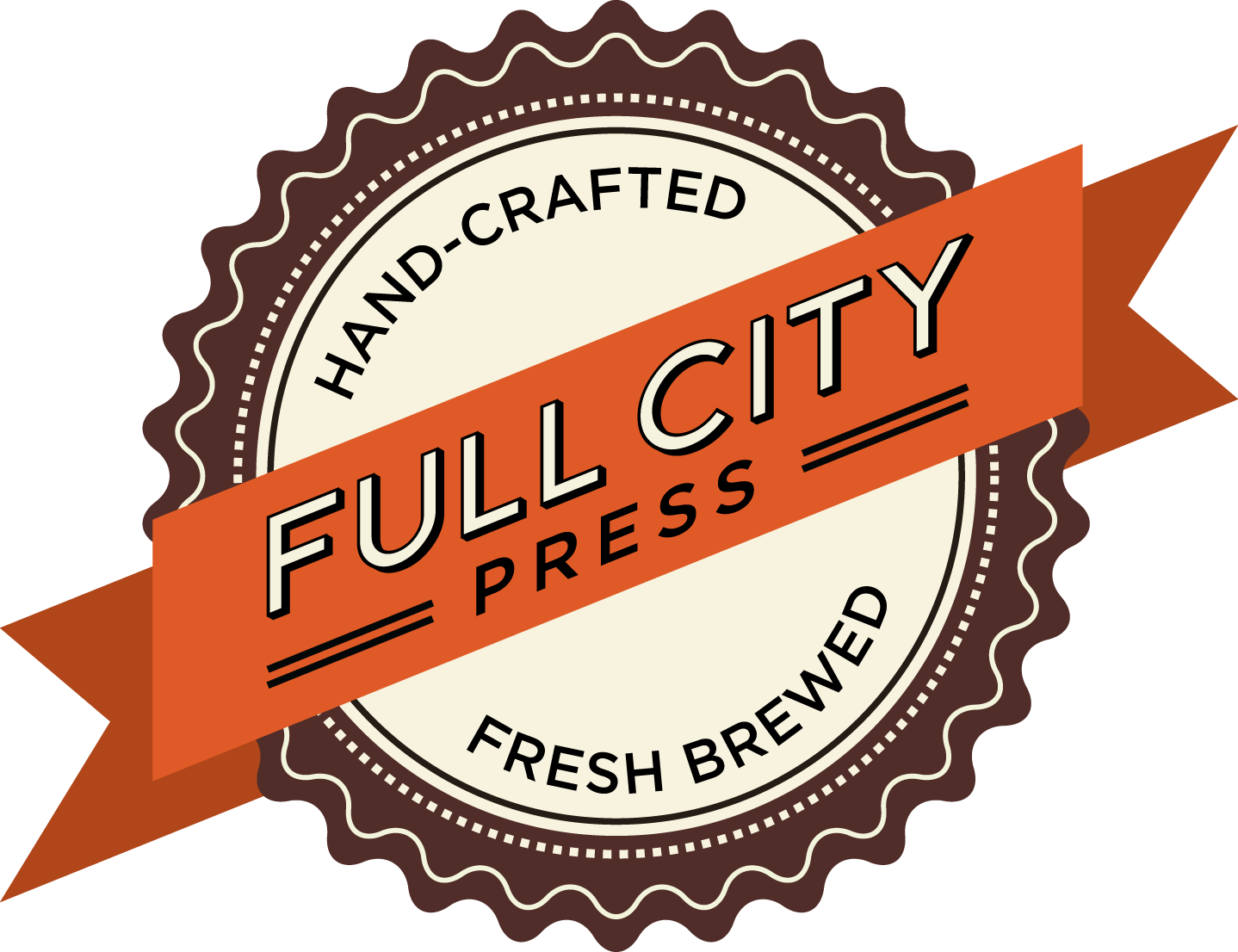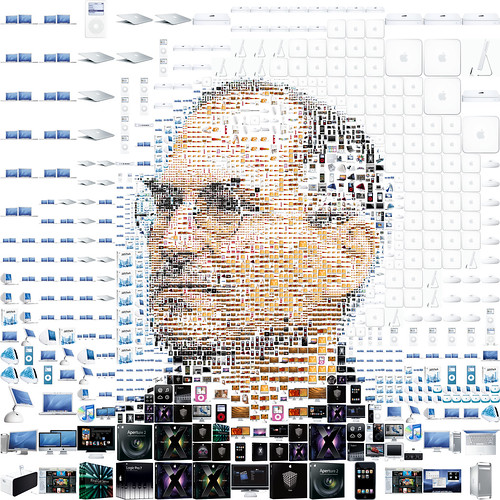2
/I've spent the weekend gathering my thoughts and impressions of the iPad 2 compared to the original iPad, and I have to say, I'm very impressed with the iPad 2.
Speed
The iPad 2 feels considerably faster than the original iPad. To me, this is most noticeable in iBooks. When opening a large, image-heavy eBook on the original iPad, it would take a while to load, and turning the pages would often be a bit choppy. On the iPad 2 loading is fast and page turning is super smooth and responsive.
Apps load much faster, and more apps stay in memory for multitasking. Also, Safari keeps all 9 tabs cached, whereas the original iPad kept 3-4 of the 9 tabs cached, needing a refresh of the page otherwise.
I don't have any games that would challenge the 9x faster graphics, so I can comment on that aspect.
Build
The iPad 2 is incredibly thinner than the original iPad. It is also marginally thinner than an iPhone 4.
I find the iPad 2 to be much easier to hold than the original iPad. I attribute this mostly to the thinness rather than the iPad 2 being 0.2 lbs. lighter than the original iPad, even though I'm sure that helps. The original iPad had a curved back, which I always had a hard time finding the sweet spot for holding it in a balanced manner.
The iPad 2 curves only on the edges, and has a flat back. Combined with the thinness, holding the iPad 2 is akin to holding a notepad (though, obviously, heavier than a notepad). The iPad 2 also has two more advantages over the original iPad that I have noticed over the past couple days. The first is that the iPad 2 feels more balanced than the original. I suspect the internal components are arranged specifically for this (I haven't compared any teardowns between the two). Second, the aluminum back, although it looks like the exact same finish, feels different. The original iPad's finish felt almost slippery, and made the iPad hard to casually hold. The iPad 2 definitely feels slightly, and I mean slightly, rougher. But this slight difference makes all the difference. I find the iPad 2 to be a night and day difference of being able to hold the device comfortably.
Screen
It is exactly the same. I wasn't disappointed that the iPad 2 didn't have a retina display, as that seems impossible with current technology whilst keeping the price the same. I am, however, a little disappointed that the iPad 2 doesn't have the LCD bonded to the glass like the iPhone 4. Hence, in the right lighting, a little bit of shadowing can occur at the edge of the screen because the bezel sits a few millimeters above the screen.
I really would have loved having the screen bonded to the glass to give that effect of the pixels being painted on the glass like the iPhone 4.
Cameras
The cameras are indeed sucky resolution, but perfectly fine for FaceTime, which is their intent. My kid absolutely loves Photo Booth.
Cover
The Smart Cover is probably one of my favorite things about the iPad 2. I abhorred the look and feel of Apple's case for the original iPad (but I loved its function for inclining the iPad for typing, and propping it up for viewing video). The Smart cover replicates the incline for typing and the propping for viewing video, all while dismissing the things I hated: added thickness & weight. The Smart Cover is barely there. And it is wonderful.
I also love how the Smart Cover locks the iPad 2's screen when closed, and instantly wakes the device when opened. It is also easy to remove, unlike the original iPad's case.
If you're buying an iPad without a Smart Cover (or a similar third party case, when those arrive), then you are doing it wrong.
The iPad 2, in my book, is a true second generation device. Not because of any one thing (except maybe the case), but a sum of all the little things. After only a couple days, I can say without a doubt, that I like the iPad 2 far more than the original iPad.

